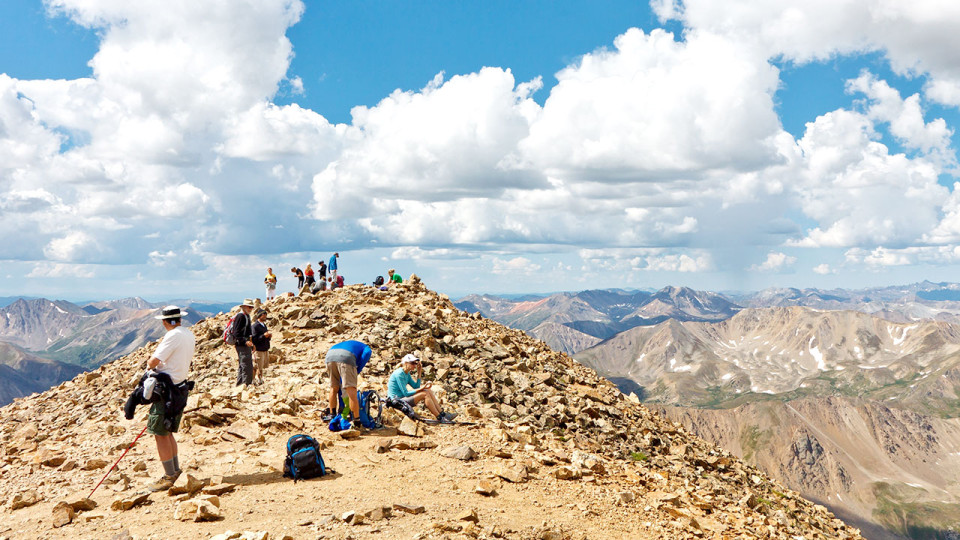Whether for spiritual reasons or sheer adventure, the world’s mountains have long held a special allure for mankind. Mountaineering once began as a primitive yet dangerous endeavour involving rope, acquired ability, and very little else but has burgeoned into a highly sophisticated adventure sport. Climbers of all skill levels concern themselves with safety, inclement weather, and altitude acclimatisation while navigating mountainous terrains to reach summit peaks. The opportunity to master technically challenging climbing routes, experience unadulterated natural beauty, and sometimes even make history are just some of the reasons mountaineers attempt to reach the peaks of these 15 famous summits.
#1 K2
The famed mountain is also known as Mount Godwin-Austen, and it is located on the border of China and Pakistan. K2 standing tall at 8,611 metres belongs to the exclusive group of mountains that ascend above 8,000 meters called the eight-thousanders. The most difficult route to ascend the mountain’s summit lies on the Chinese side. Since it was first surveyed in 1856, there have been many climbing attempts made there, but the fatality rate is nearly 25 percent meaning one out of four ascenders die trying to reach the summit or during descent to their base camp. Although ancient native people may have conquered K2, the first European successful climb took place in 1954, and K2 is now the standard for technically difficult mountain climbing.
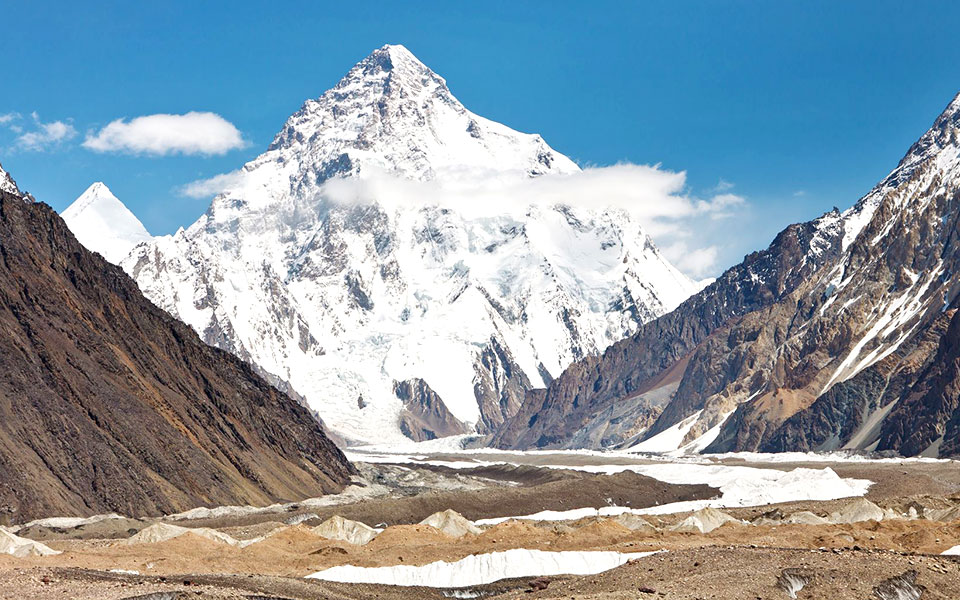
#2 Mount Kanchenjunga
Kanchenjunga is India’s highest point on its border with Nepal and rises to 8,586 metres as part of the Himalayan mountain range. Indian traditions claim that the very top of Kanchenjunga is sacred so mountaineers beginning with the first recorded, modern, successful climb in 1950 by the British until the present stop just shy of the peak’s top out of respect.
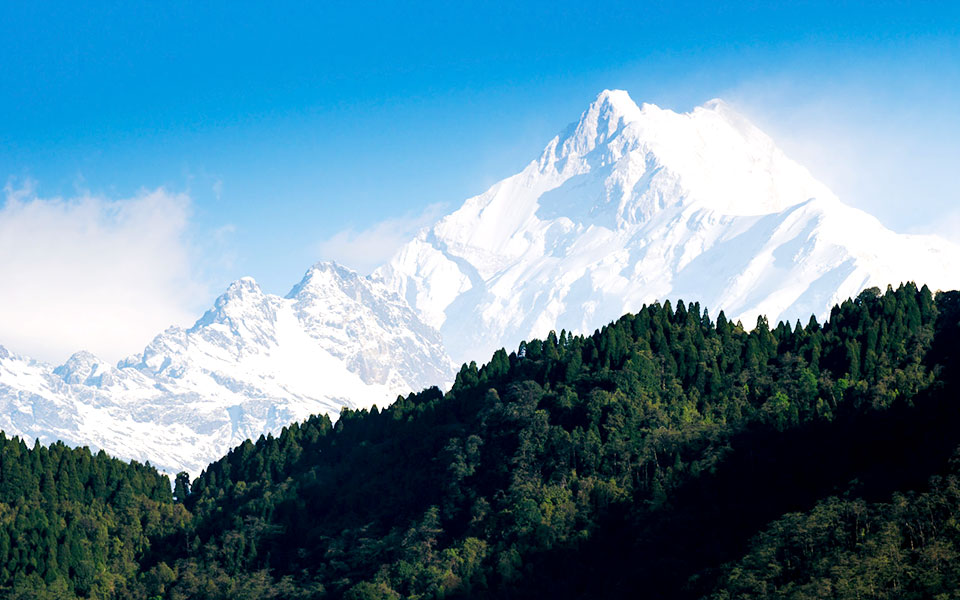
#3 Mount Lhotse
The fourth highest mountain on earth sits at 8,516 metres above sea level in the border between Nepal and China. Since the first successful climb in 1956 of Lhotse, there have been over 14 successful subsequent ascents.
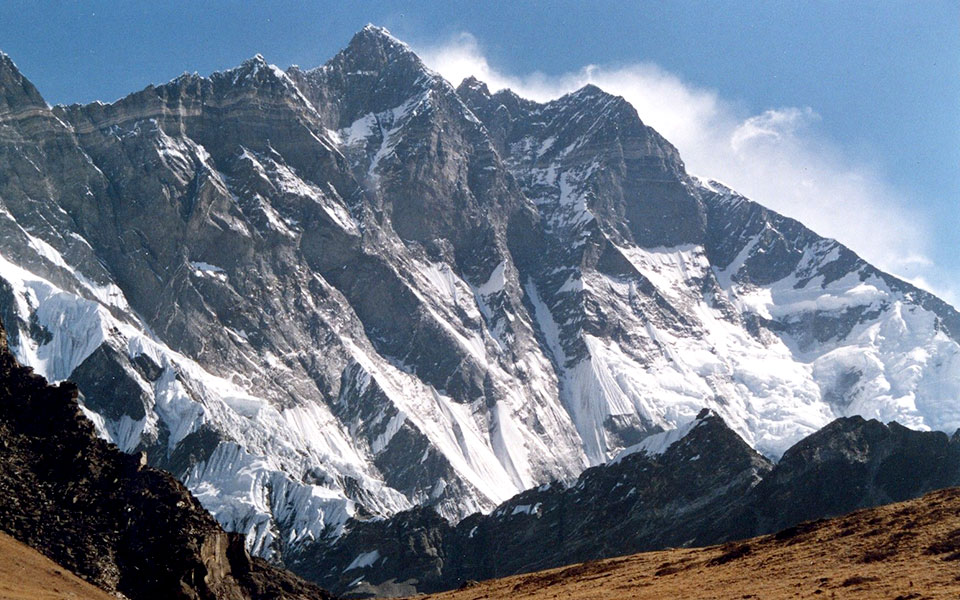
#4 Mount Makalu
This picturesque peak sits at 8,481 metres and is the fifth highest mountain in the world. Makalu borders Nepal and China, and the first modern recording of a successful ascent was by a French expeditionary team in 1955. The challenging climb promises stunning views of vibrant green valleys tucked among dazzling white glaciers in the Makalu Barun National Park.
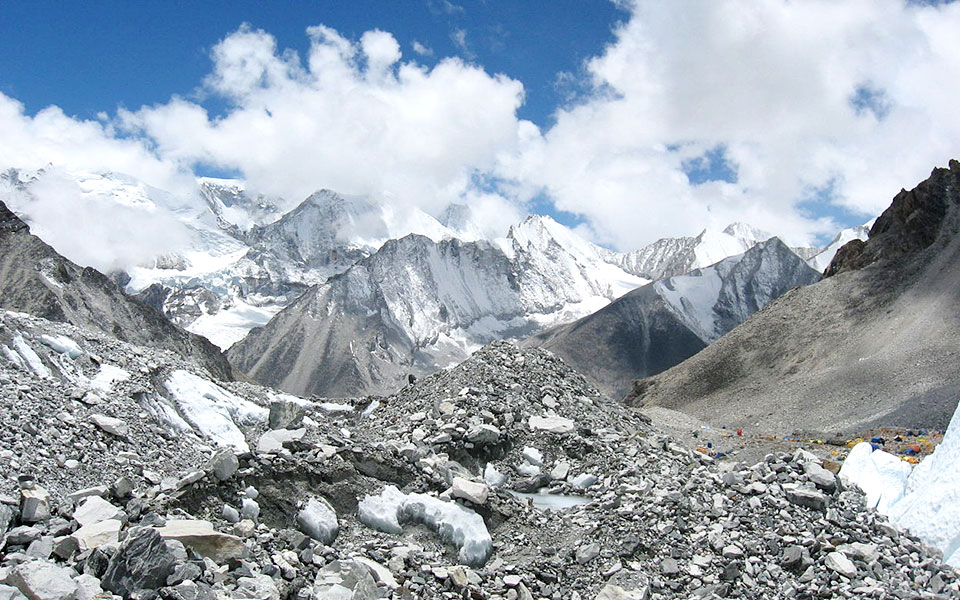
#5 Mount Dhaulagiri I
This 8,167 metre ultra peak is located in Nepal and ranks seventh among the group of eight-thousanders that includes only 14 summits in the world. A multinational expeditionary team made up of Austrian, Swiss, and Nepali climbers accomplished the first recorded climb of Dhaulagiri I in 1960. Since that time, many climbing parties have taken various routes to reach the peak with 358 successful climbs and 58 fatalities.
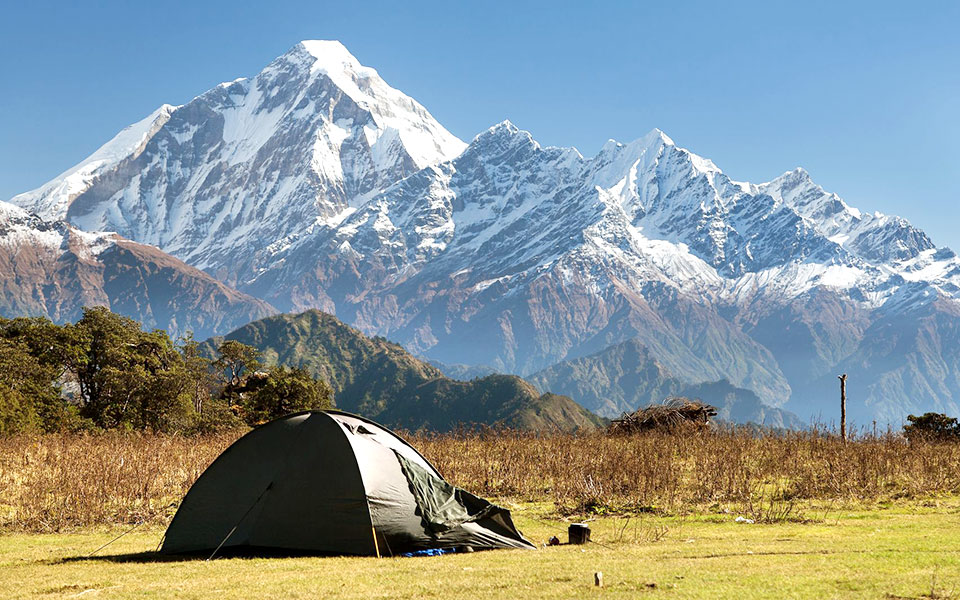
#6 Mount Nanga Parbat
The Himalayan peak situated in Pakistan is nicknamed “killer mountain” for its climbing difficulty, and it also belongs to the eight-thousanders group. The beautiful peak sits at 8,126 metres, and its north face Rakhiot loftily rises above the crystalline glacial lake Latbo. Hermann Buhl was the first to climb the mountain successfully, and he did it alone and without supplemental oxygen! However, modern mountaineers should take every precaution since the mountain claimed the lives of over 28 people since its survey in 1895 and the Buhl solo success in 1953.
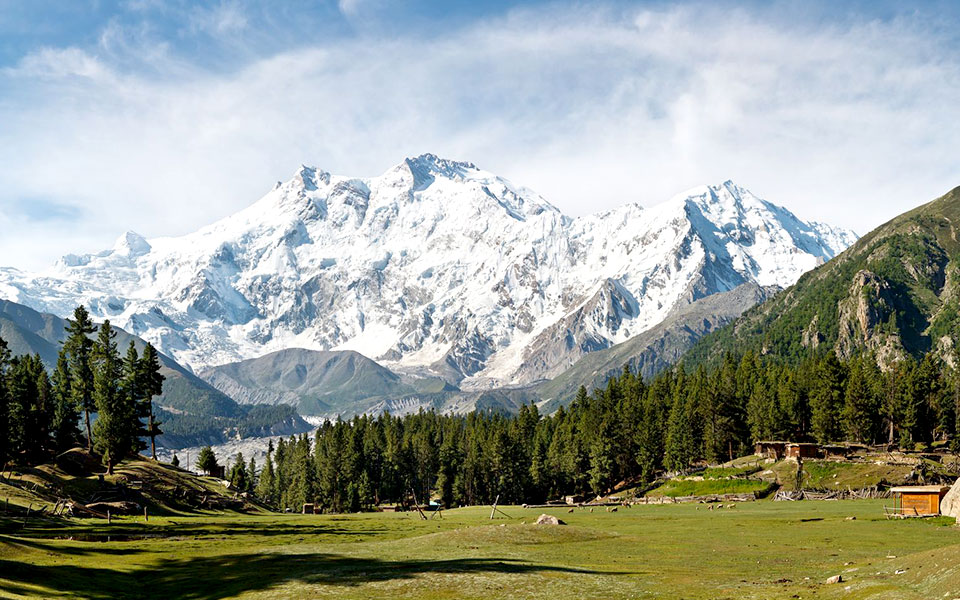
#7 Mount Annapurna I
The peaks of Annapurna have earned the reputation for being some of the world’s most dangerous mountains to climb in the world because it has the highest fatality-to-summit ratio of all the group of eight-thousanders. Located in northern Nepal, Annapurna I rises to 8,091 metres and ranks 10th among the eight-thousanders.
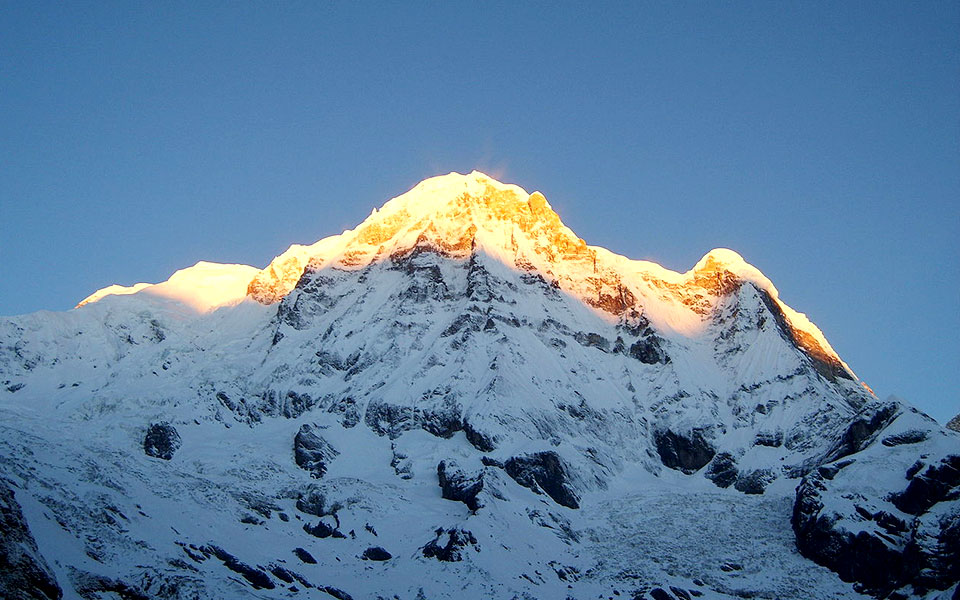
#8 Mount Gasherbrum IV
The Gasherbrum mountains in Pakistan are part of a remote group of peaks in the Himalayan mountain range, and Gasherbrum IV reaches heights of 7,925 metres. Gasherbrum means “beautiful mountain”, but Gasherbrum IV is considered one of the most difficult peaks to climb because of its sheer faces and possibilities for inclement weather. With a reputation for technical difficulty greater than K2, only three other expeditions have been successful after the first one in 1958.
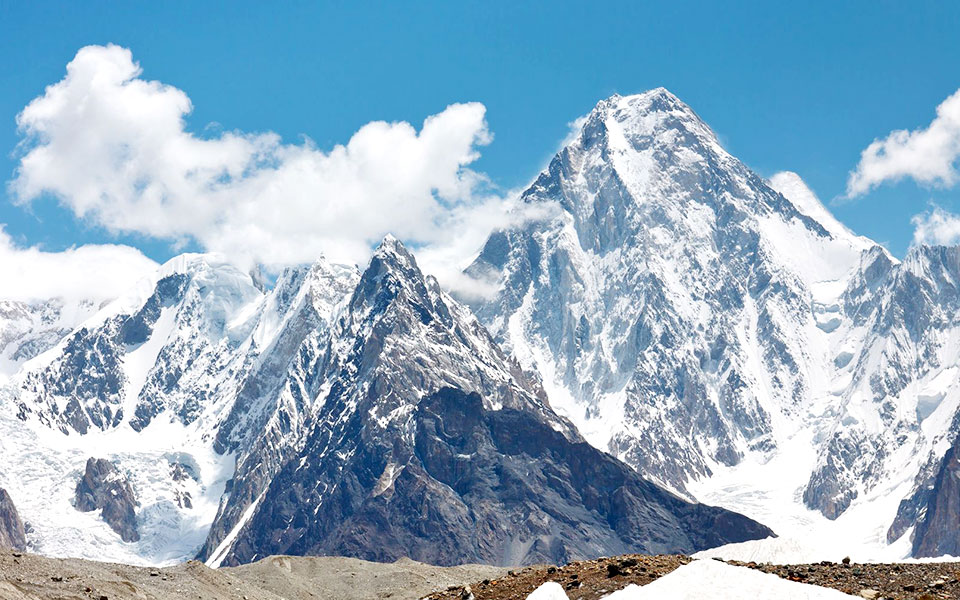
#9 Mount Baintha Brakk
Another peak that does not belong in the group of eight-thousanders but rivals the toughest ascents in that group is Baintha Brakk in Pakistan. The Ogre– as it is nicknamed – sits at 7,285 metres in Pakistan and features steep, rocky peaks. Ascending Baintha Brakk is for experienced climbers only as reflected in the long period between the first successful ascent and the second.
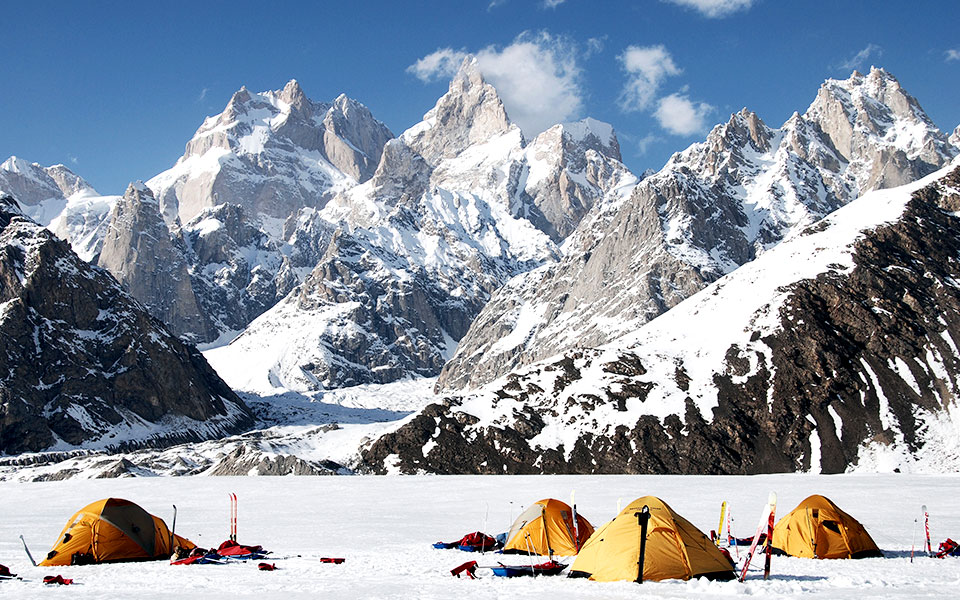
#10 Mount Latok I
Latok I is another challenging peak in the Karakoram mountain range in Pakistan. The group of four Latok peaks were successfully climbed in the 1970s, and Latok I is the tallest, resting at a height of 7,145 metres. The Latok peaks are for advanced climbers only, and they still claim the lives of climbers through inexperience or other hazards as with the pair of Spanish climbers attempting the ascent alpine-style in 2009.
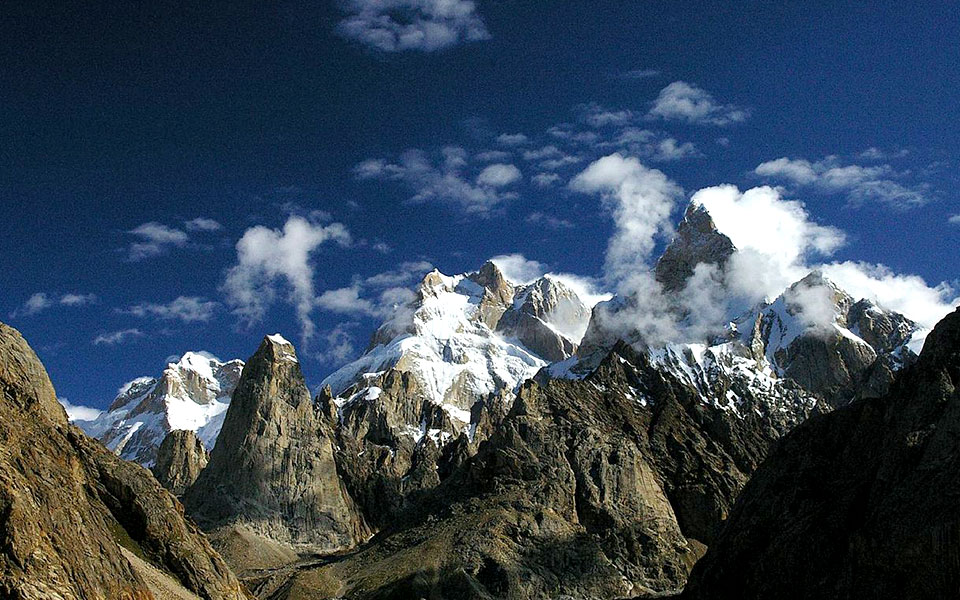
#11 Mount Aconcagua
Peru’s Mount Aconcagua is the highest peak in the Andes mountain range and in the Americas as it sits at 6,962 metres. This mountain peak is also the highest one outside of the Asian continent. Climbers of all skill levels tackle Mount Aconcagua with the aid of experienced guides as it is technically easy to navigate. Even though supplemental oxygen is not required, local guides ensure climbing groups gradually ascend the peak to avoid altitude sickness.
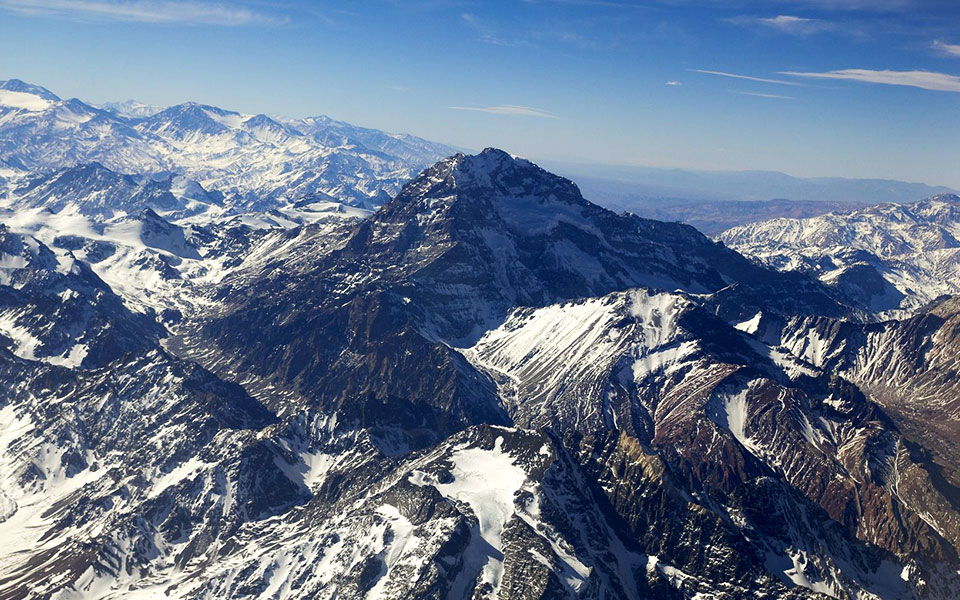
#12 Mount Kilimanjaro
Tanzania’s famous Mt Kilimanjaro is the highest free-standing mountain in the world sitting at 5,895 metres. Although known by natives of the region since ancient times, a European missionary reported the dormant volcanic mountain’s existence in 1848, and Hans Meyer made the first recorded ascent in 1889. Mt Kilimanjaro is not a technically difficult peak to climb but gradual ascent is necessary to avoid acute discomfort associated with altitude sickness.
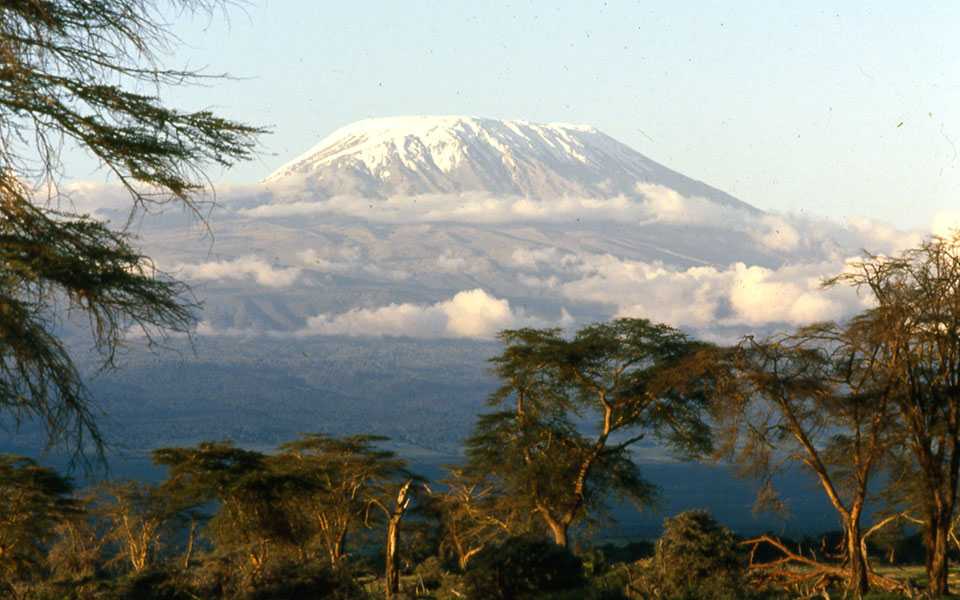
#13 Mount Elbrus
Arguably the highest mountain in Europe, Mount Elbrus lies in the Caucasus region of Russia. Modern equipment and facilities make Mount Elbrus an easier mountain to conquer than its Asian neighbours, and it is suitable for intermediate climbers. The summit reaches 5,642 metres and sits above a region susceptible to seismic activity.
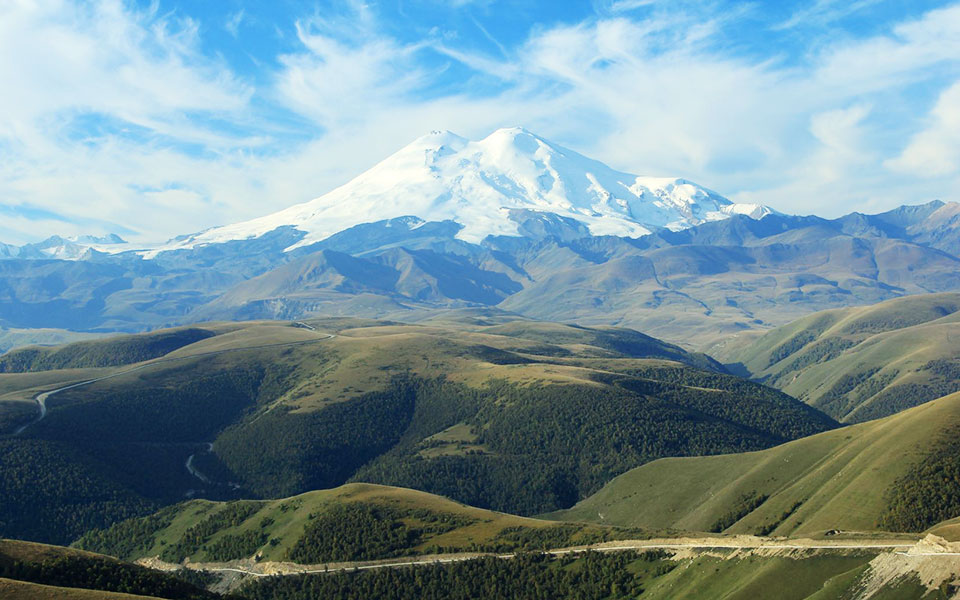
#14 Mount Pomiu
Pomiu located in Sichuan province is also known as the Celestial Peak. The peak is fine for mid-level climbers and sits at 5,413 metres. Pomiu is part of Four Girls Mountain Nature reserve which presents a challenging climb along with the opportunity to gather some of the abundant medicinal herbs growing in the area. Numerous mountaineering parties have made the ascent in recent years starting with Allen Steck in 1984 and more recently by Xiao He, Lie Feng, and Wu Xiang in 2012.
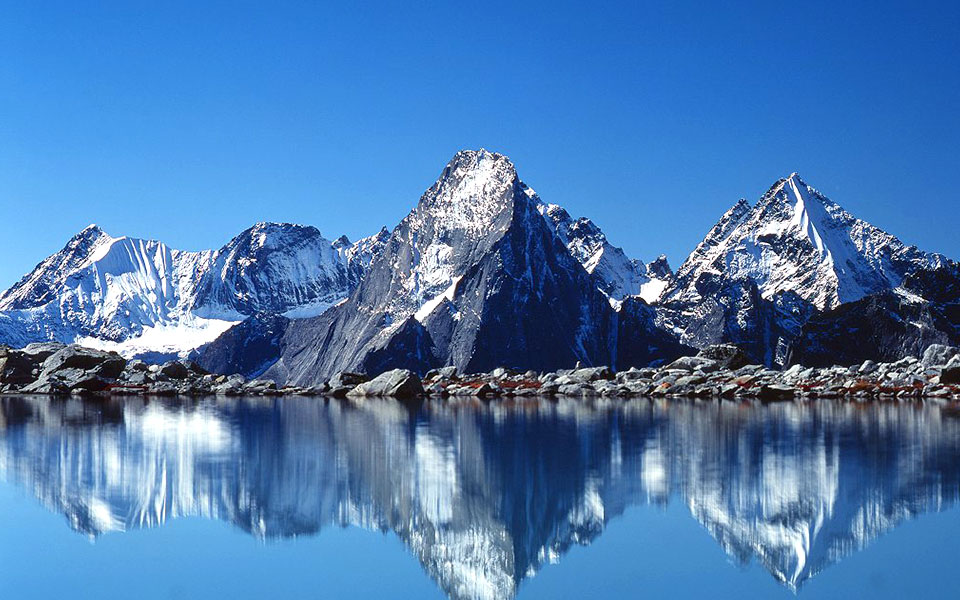
#15 Mount Ararat
Mount Ararat in Turkey is significant from a historical perspective and sits at a moderate height of 5,137 metres. The mountains of Ararat have been known since antiquity and is the highest peak in Turkey. Modern ascents of the mountain occurred in 1829 by Dr. Friedrich Parrot, and as late as 2010, a group of Chinese and Turkish explorers ascended the mountain for archaeological purposes.
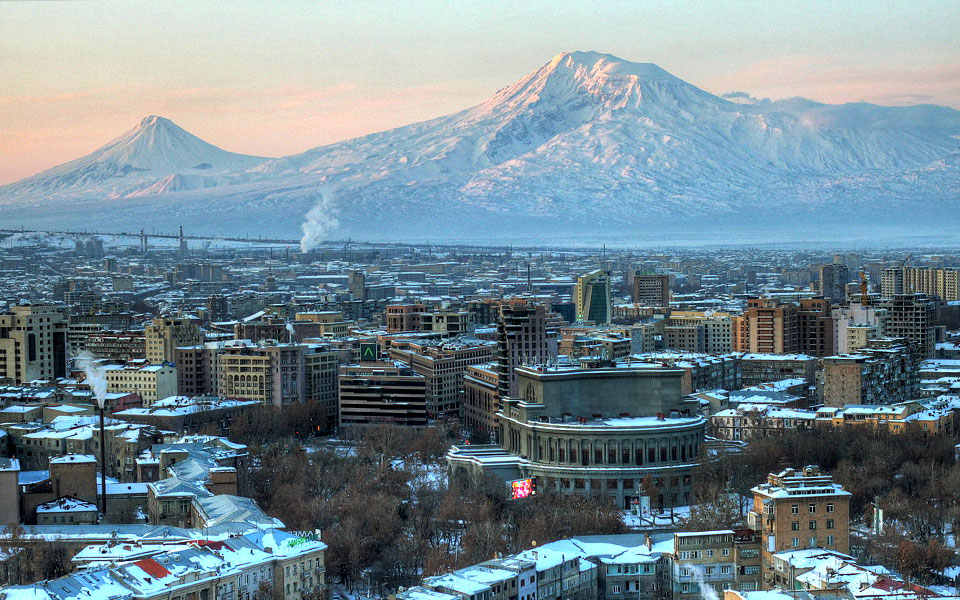
Conclusion
The overall safety of the sport has improved because of modern equipment and industry regulations. However, mountaineers still remain vigilant because they know that, behind every gorgeous landscape, lies the potential for life threatening injury. Still, some consider that last exhilarating breath right before approaching a mountain’s summit well worth the risk.
Have you ever climbed a mountain? Share with us your experience.



